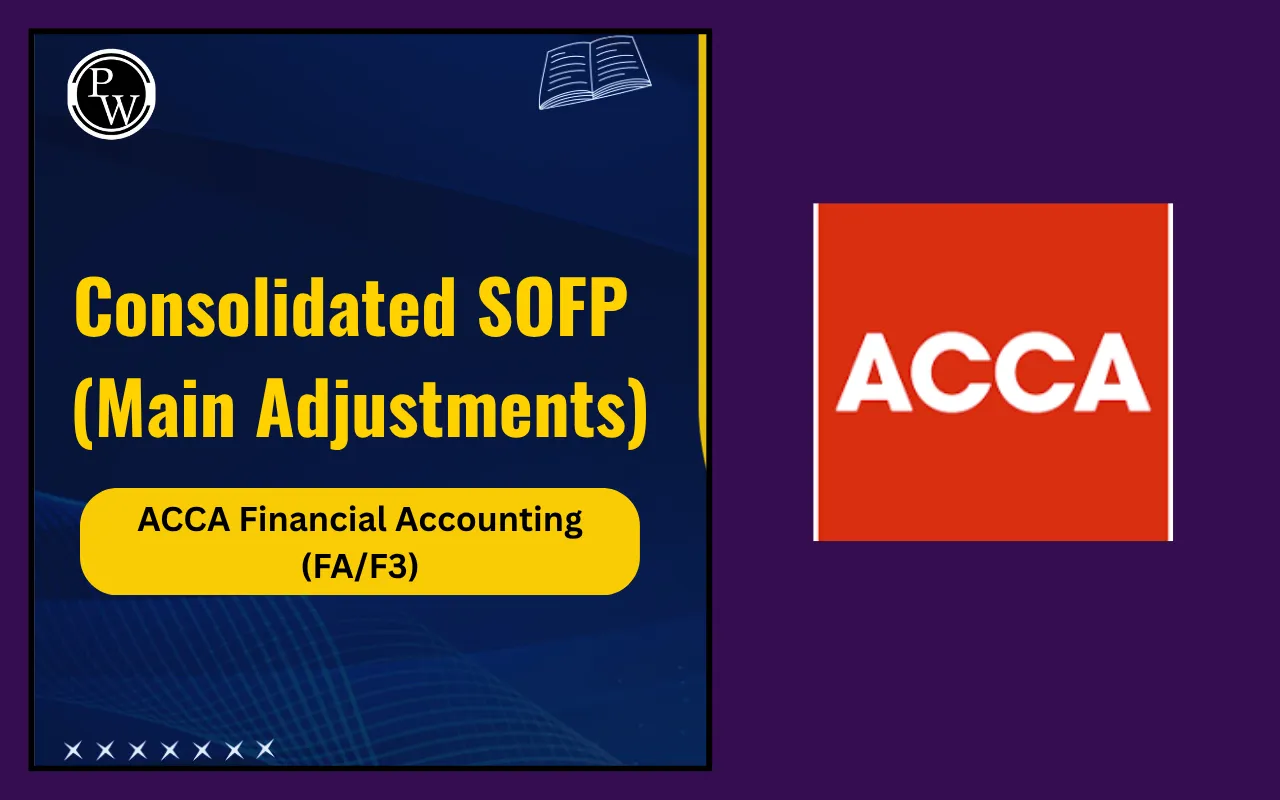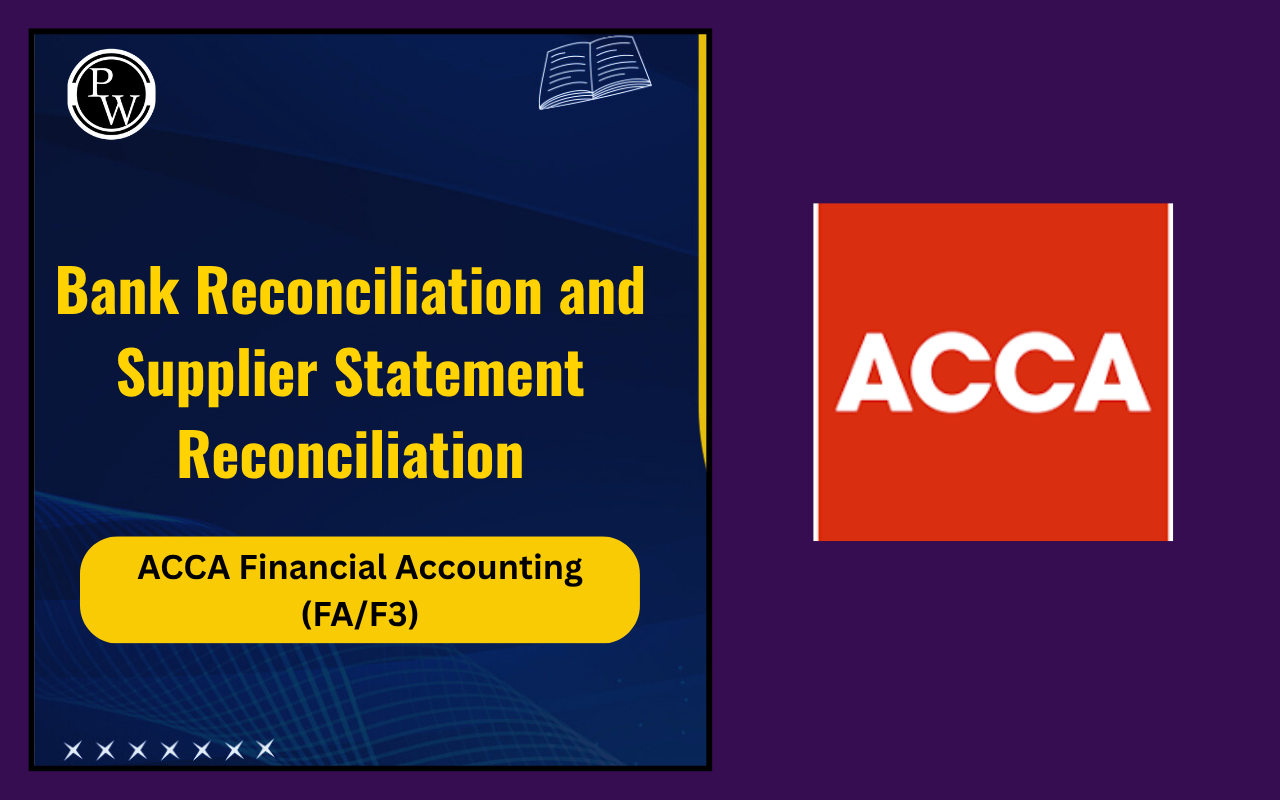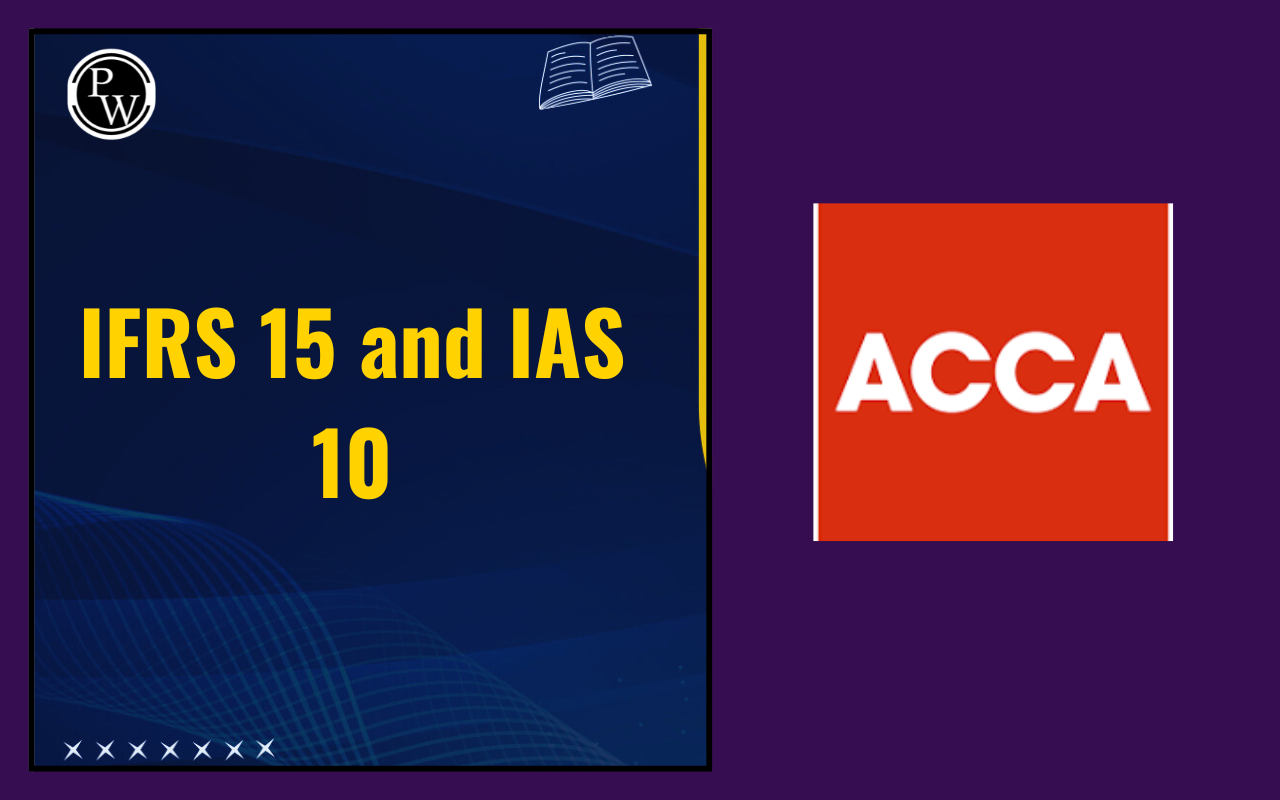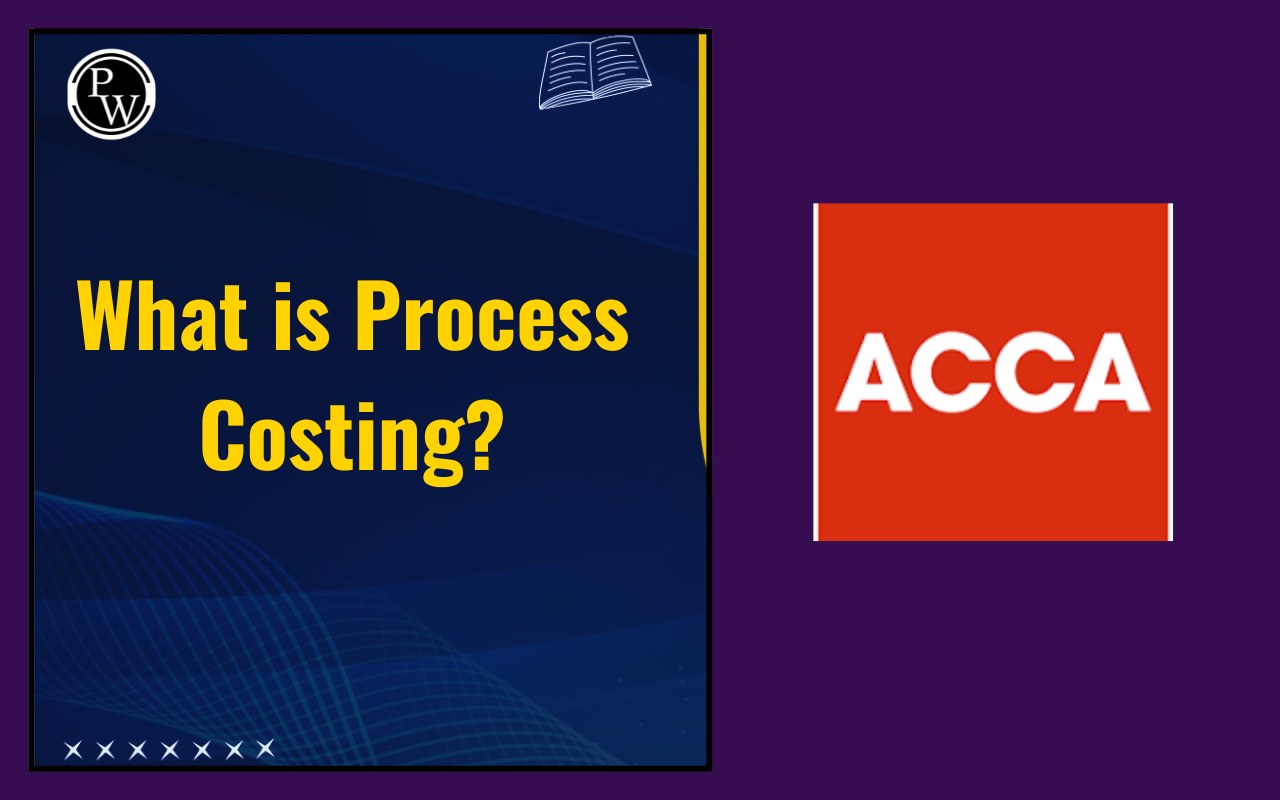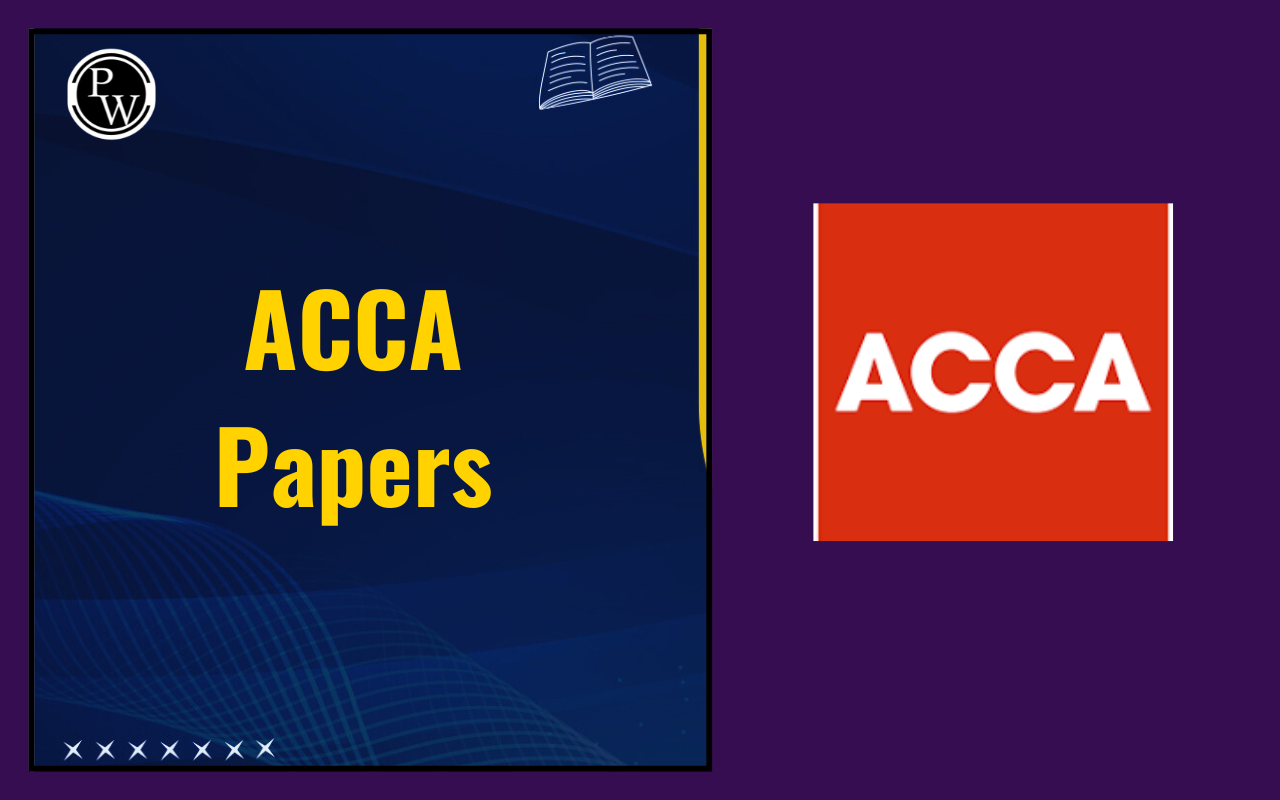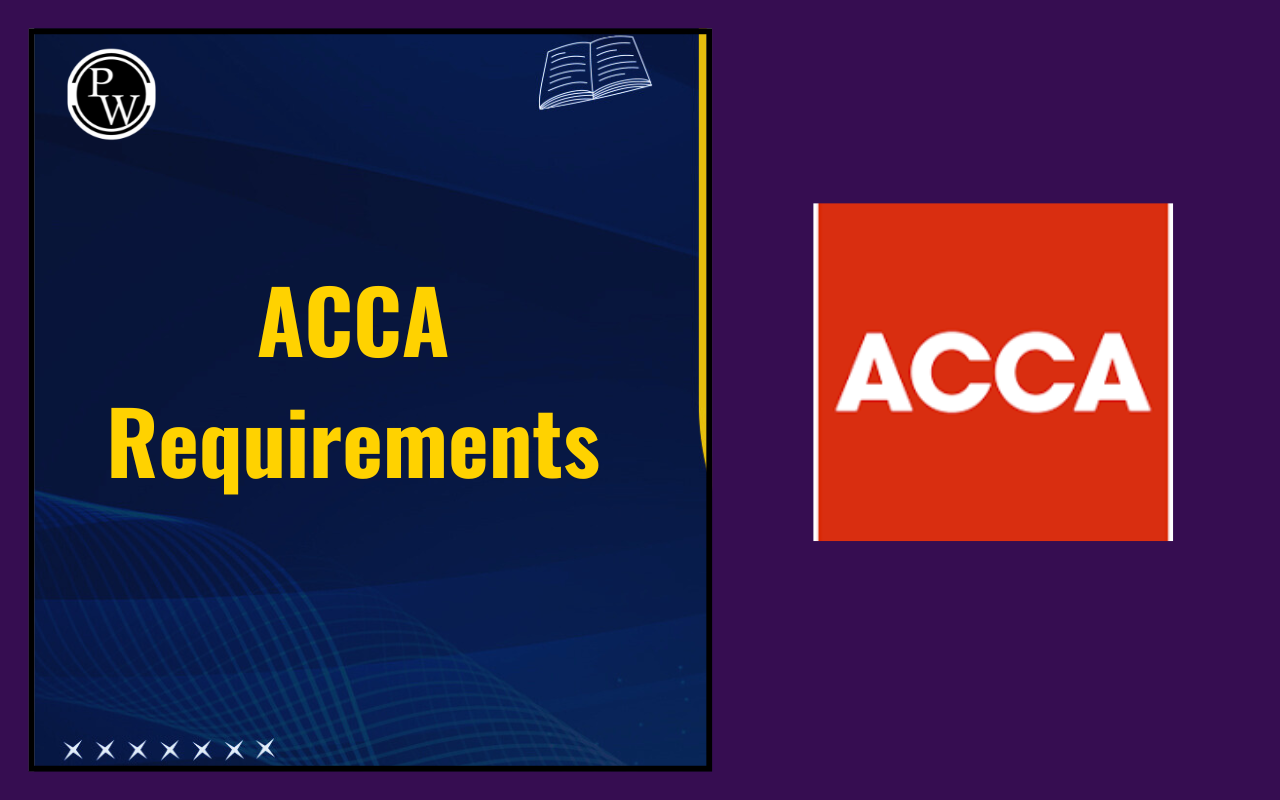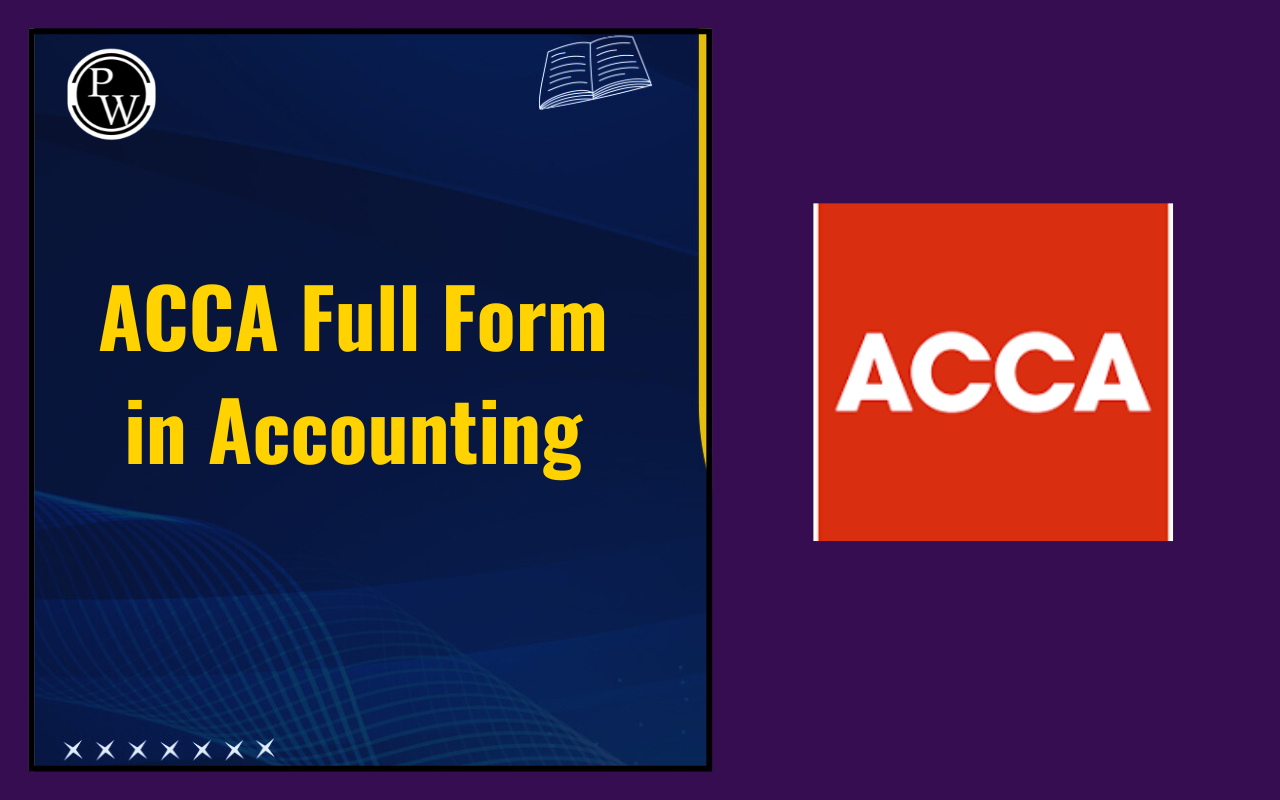
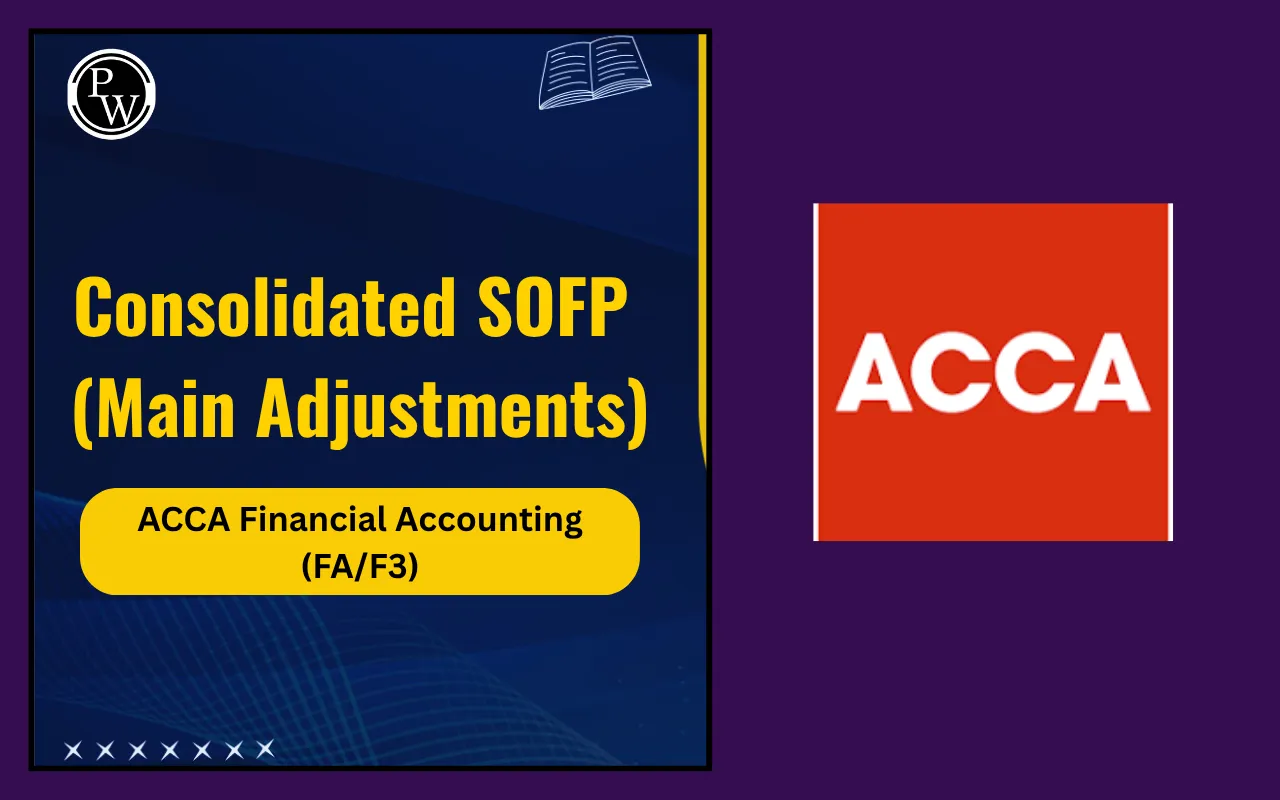
Consolidated SOFP Meaning: In corporate accounting, one of the most important topics is the consolidated SOFP meaning. Companies often have parent and subsidiary structures. A parent owns shares in a subsidiary, and together they form a group.
To show the financial position of the group as one unit, accountants prepare a Consolidated Statement of Financial Position (SOFP). Below, we’ve explained the consolidated SOFP meaning, the consolidated SOFP format, and the main adjustments made during preparation. The explanation is in simple language so that even a beginner can understand.
Consolidated SOFP Meaning
Consolidated SOFP meaning is simple. It is the combined balance sheet of the parent company and its subsidiary companies. Instead of preparing separate balance sheets, the group shows its position as if it were one single company. The consolidated SOFP meaning is to present a true picture of the total assets, liabilities, and equity of the group together.
The consolidated SOFP meaning is very important for exams like ACCA FA/F3. Students should know that this statement does not show intra-group balances. It removes transactions between parent and subsidiary because, from the group’s point of view, these do not exist. The consolidated SOFP meaning also involves special adjustments, such as goodwill, non-controlling interest, and unrealized profits.
The consolidated SOFP meaning highlights one principle that treats the parent and subsidiary as one single economic unit. That is why it is one of the key chapters in financial accounting. The consolidated SOFP meaning becomes clear when students practice questions with real numbers and adjustments.
Consolidated SOFP Format
The consolidated SOFP format is similar to a normal balance sheet, but it has some extra items like goodwill and non-controlling interest. Below, we’ve mentioned the simple consolidated SOFP format:
| Consolidated SOFP Format | |
| Particulars | Amount (₹) |
| Assets | |
| Non-current Assets | xxx |
| Goodwill | xxx |
| Current Assets | xxx |
| Liabilities | |
| Non-current Liabilities | xxx |
| Current Liabilities | xxx |
| Equity | |
| Share Capital (Parent only) | xxx |
| Share Premium (Parent only) | xxx |
| Group Retained Earnings | xxx |
| Non-Controlling Interest (NCI) | xxx |
Main Adjustment in Consolidated SOFP
While preparing the consolidated statement, several adjustments are necessary. These adjustments are part of the consolidated SOFP meaning and help ensure the statement reflects reality. Below, we’ve mentioned the main adjustments:
| Main Adjustment in Consolidated SOFP | |
| Adjustment | Explanation with Example |
| Consideration Paid |
Amount parent paid to acquire subsidiary shares. Can be cash or share-based. Example: Subsidiary has 10,000 shares, parent buys 80% at ₹10 each → CP = 8,000 × 10 = ₹80,000. |
| Goodwill Calculation |
Extra amount paid over net assets. Shown as an asset in SOFP. Example: CP ₹80,000, NCI ₹20,000, net assets ₹90,000 → Goodwill = 80,000 + 20,000 – 90,000 = ₹10,000. |
| Non-Controlling Interest (NCI) |
Share of subsidiary’s net assets belonging to minority shareholders. Example: Net assets at acquisition ₹1,00,000, NCI % = 20% → NCI = ₹20,000. |
| Fair Value Adjustments |
Adjusting assets/liabilities of subsidiary to their fair values. Example: Asset book value ₹10,000, fair value ₹12,000 → Add ₹2,000 to net assets. |
| Contingent Liabilities |
Possible obligations considered in net assets during consolidation. Example: Contingent liability ₹1,000 → Reduce net assets by ₹1,000. |
| Intra-group Balances Elimination |
Cancel receivables and payables between parent and subsidiary. Example: Parent receivable ₹12,000, subsidiary payable ₹12,000 → Both eliminated. |
| Unrealized Profit Adjustment |
Remove profit on unsold stock within group transactions. Example: Profit on sales ₹5,000, 40% unsold → URP = 40% × 5,000 = ₹2,000. |
| Mid-Year Acquisition Adjustment |
Split profits into pre- and post-acquisition for accurate retained earnings. Example: Full-year profit ₹12,000, acquisition on April 1 → Pre-acquisition (3 months) ₹3,000, Post-acquisition (9 months) ₹9,000. |
Step-by-Step Process for Consolidated
To understand the consolidated SOFP meaning, below, we’ve mentioned the steps:
Step 1: Establish Group Structure
Find out the ownership percentage and the date of acquisition. This helps in identifying the parents’ and non-controlling interests’ share.
Step 2: Calculate Net Assets
Take the subsidiary’s net assets at acquisition and at the reporting date. The difference shows post-acquisition profits.
Step 3: Calculate Goodwill
Goodwill is the extra price paid over the net assets of the subsidiary. It is calculated as:
Goodwill = Consideration Paid + NCI at acquisition – Net Assets at acquisition
Step 4: Calculate Non-Controlling Interest (NCI)
NCI can be calculated using two methods: the fair value method or the proportionate net assets method. This ensures minority shareholders’ stake is shown properly.
Step 5: Group Retained Earnings
Take the parent’s retained earnings and add its share of post-acquisition profits from the subsidiary. This shows the true group retained earnings.
Step 6: Apply Adjustments
Apply all main adjustments like fair value, contingent liabilities, elimination of intra-group balances, and unrealized profits.
Step 7: Prepare Consolidated SOFP
Finally, put together all figures using the ACCA consolidated SOFP format. Ensure goodwill, NCI, and adjusted assets/liabilities are included.
The consolidated SOFP's meaning is to present the financial position of a parent and its subsidiary as one entity. The consolidated SOFP meaning requires adjustments like goodwill, NCI, and the elimination of intra-group balances. The consolidated SOFP's meaning is not difficult if students understand the steps clearly.
By learning the consolidated SOFP meaning and practicing questions, students can build strong confidence. The consolidated SOFP meaning is also very important for exams like ACCA FA/F3 because it covers 15-20 marks. Remember, the consolidated SOFP meaning is all about showing one economic unit. Practice regularly, follow the consolidated SOFP format, and they will master this topic with ease.
Consolidated SOFP Meaning FAQs
What is the consolidated SOFP meaning in simple words?
Why is the consolidated SOFP important in ACCA FA/F3?
What are the main adjustments in a consolidated SOFP?

